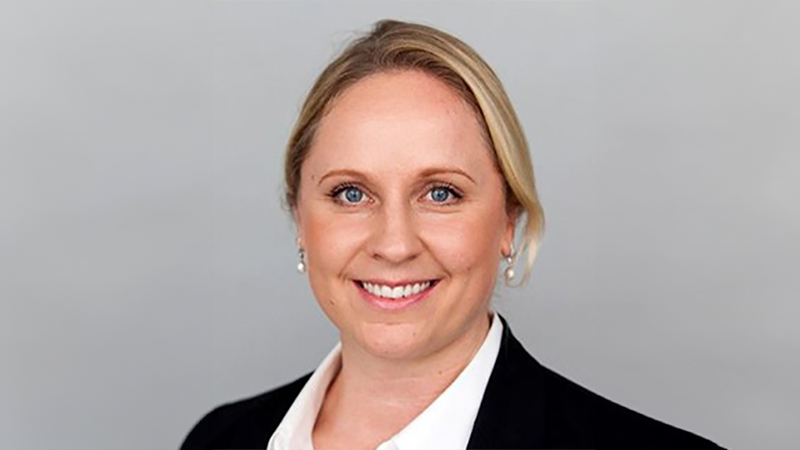Premier Multi-Asset Absolute Return aims for growth of 2% over three-month sterling Libor per annum over a rolling three-year period, but a heavy emphasis is placed on preserving capital and maintaining a low-volatility profile.
The fund’s investment style is value-driven and holdings are expected to achieve Libor-plus returns over an investment cycle, while showing relatively low sensitivity to stock market returns and changes in interest rates.
It is a fund-of-funds product, which counts the likes of Allianz Merger Arbitrage Strategy, Jupiter Absolute Return, Polar Capital Global Convertible, TwentyFour Monument Bond and Royal London Short Duration Global High Yield among its top holdings.
Another Premier Asset Management offering, Premier Defensive Growth, is the only other member of the IA Targeted Absolute Return sector to record a loss in just one 12-month period, albeit with a slightly bigger fall of 47 basis points.
Managed by head of fixed income Paul Smith, this £506.9m fund aims to achieve positive returns over rolling three-year periods, with significantly lower volatility than global equities.
It has a focus on non-traditional instruments such as structured notes, which have a low correlation to traditional asset classes, including bonds and equities.
Three absolute return funds have made a loss in just three 12-month periods – Threadneedle Credit Opportunities, Henderson UK Absolute Return and Newton Real Return – while Smith & Williamson Defensive Growth was down in four periods.
Standard Life Investments Global Absolute Return Strategies (Gars), the biggest fund in the sector and one of the most closely watched funds by professional investors, sits in the middle of the table after posting falls in 13 of the periods looked at in this research, with the biggest 12-month loss being 5.6%.
All of the fund’s loss-making periods occurred in the relatively recent past, resulting in its posting a 2.7% loss across 2016, its first full calendar year in the red.
In September, the fund’s managers said: “We choose investments for Gars on the basis of their fundamental long-term (typically three-year) return potential. So far in 2016, global investors have displayed significant short-termism, often focusing on single data points, creating wild swings in asset markets.
“The series of events that unfolded during the past 12 months differed greatly from our central view and in fact resembled a combination of the ‘tail-risk’ events for which we stress-test the portfolio.
“In that respect, Gars performed in line with our expectations. This tells us that risk management and diversification remain sound, with negative returns deriving instead from an unusual and extreme set of market circumstances.”










